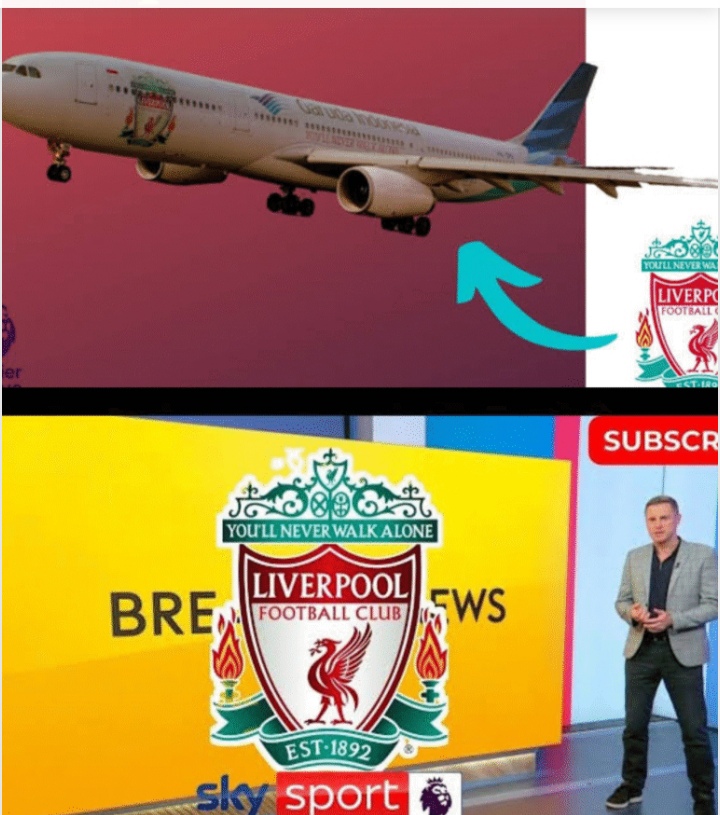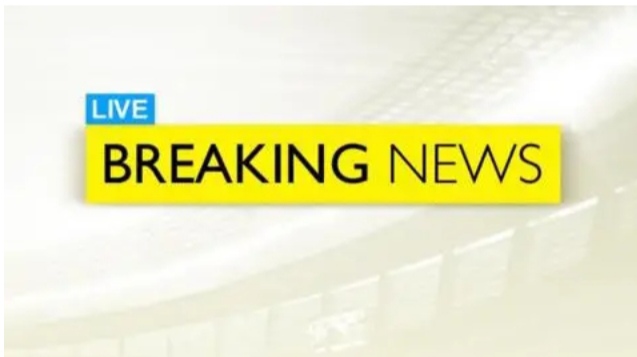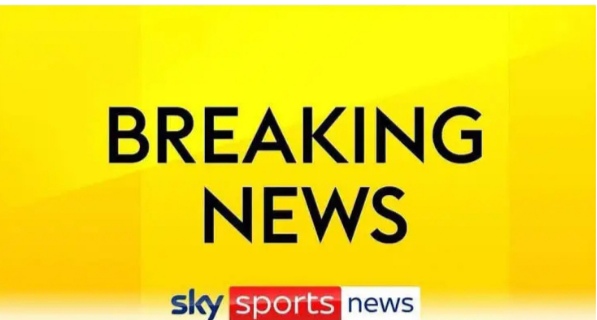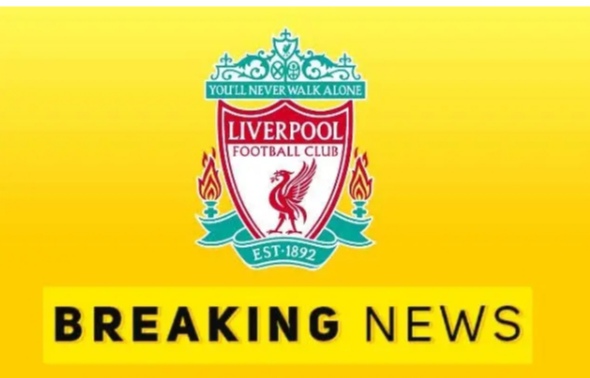Manchester City’s Summer 2025: A Transformational Recruitment Drive
The summer of 2025 marked a watershed moment for Manchester City, arguably their most dramatic squad overhaul since Pep Guardiola’s arrival. After a disappointing 2024/25 campaign that exposed cracks in both tactics and personnel, City responded with an aggressive, big-spending transfer window aimed at restoring their dominance.
This analysis explores the thinking behind City’s moves, the key signings that defined their strategy, and the wider implications for their immediate and long-term ambitions. At the heart of the debate sits the headline-grabbing acquisition of James Trafford, whose arrival has reshaped the goalkeeper conversation at the Etihad.
Why City Acted
City’s underwhelming season served as a reminder that even the most dominant teams cannot stand still. Aging players, tactical predictability, and fierce competition forced the club into a major reset. Guardiola, alongside director of football Txiki Begiristain, identified four critical areas: defensive solidity, midfield refresh, attacking depth, and long-term goalkeeping security.
Defensive Reinforcements
A marquee centre-back was signed to address defensive lapses. In Guardiola’s system, such players are expected to be multi-dimensional—ball-playing initiators, aerial presences, and positionally disciplined. The new arrival checks all those boxes, offering both immediate reliability and a decade-long anchor. Full-back depth was also strengthened, acknowledging their pivotal role as hybrid midfielders and defensive cover in Pep’s fluid setup.
Midfield Renewal
The midfield has long been City’s heartbeat, but key figures were showing signs of decline. A dynamic, versatile midfielder was brought in, capable of playing as a deep-lying distributor, a box-to-box runner, or a creator higher up. This flexibility not only rejuvenates the midfield but offers Guardiola more tactical options.
Attacking Options
City also added a forward with positional versatility, ensuring Guardiola can rotate without losing unpredictability. This signing provides depth in a department heavily tested by injuries and fixture congestion, while keeping City’s front line dangerous and fluid.
The Trafford Gamble
No deal sparked more debate than James Trafford’s high-profile arrival. A young, English goalkeeper with sharp distribution and composure under pressure, Trafford was seen as a long-term solution rather than a quick fix. While the fee raised eyebrows, City’s hierarchy justified it as a decade-long investment in a position central to Guardiola’s philosophy.
Trafford’s presence will create intense competition, pushing existing goalkeepers and demanding swift integration into City’s complex defensive system. His fit as a “playmaking goalkeeper” could redefine City’s build-up play if he adapts successfully.
Long-Term Strategy & Financial Muscle
Beyond individual signings, the window showcased City’s broader philosophy: blending youth with experience, valuing positional versatility, and ensuring depth across competitions. Financially, the investment was vast but calculated—spread over long contracts and justified by revenue growth, sponsorships, and the global appeal of high-profile arrivals.
City’s summer spending also reflected the rising pressure of competition. With rivals strengthening and tactical challenges intensifying in both the Premier League and Europe, standing still would have meant falling behind.
Looking Ahead
Ultimately, the success of City’s 2025 window will be judged not only in trophies but in its ability to sustain elite competitiveness. Trafford may prove either a masterstroke or a costly miscalculation, but the club’s willingness to take bold, strategic risks highlights their commitment to evolution.
In Guardiola’s City, adaptability has always been the key. This recruitment drive, blending short-term fixes with long-term planning, represents another chapter in their pursuit of sustained supremacy.






